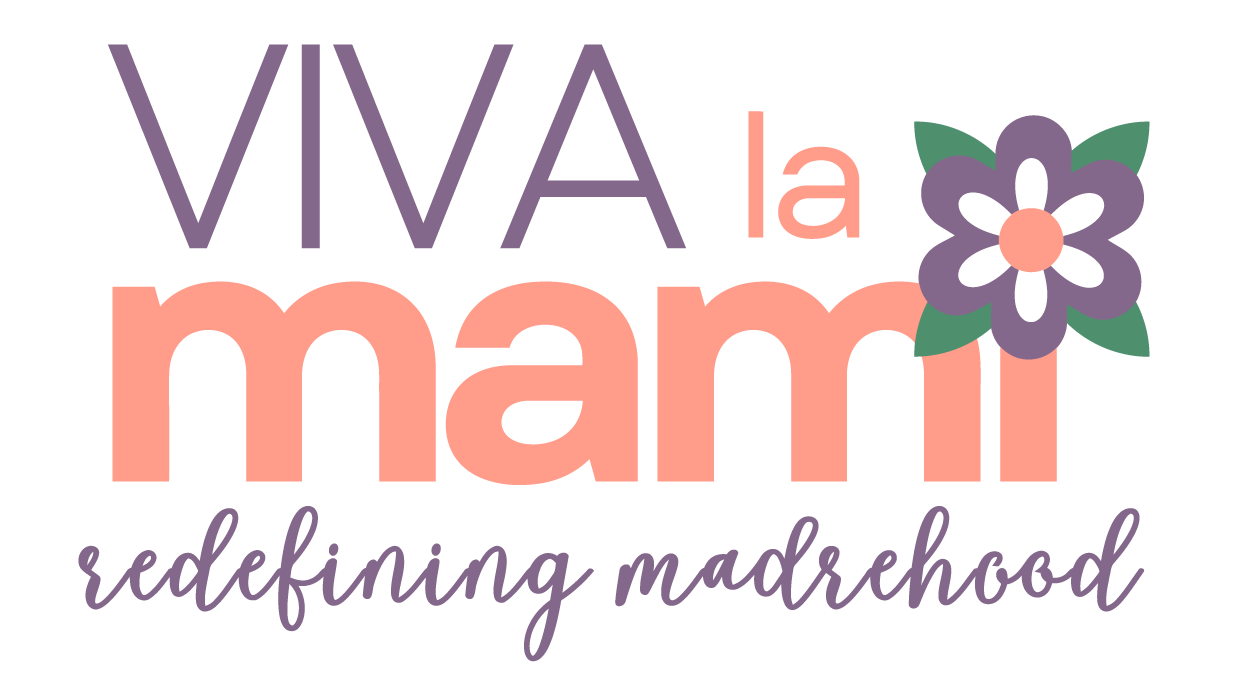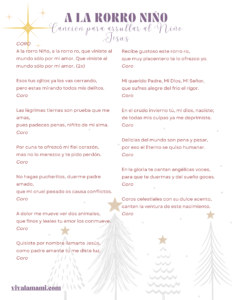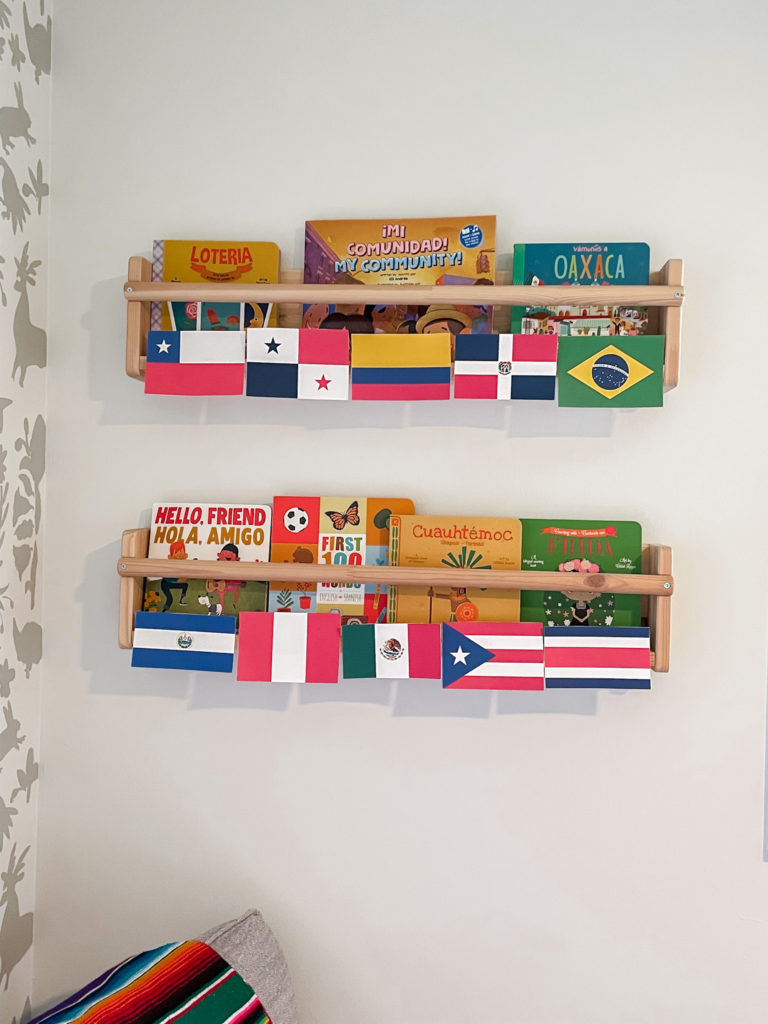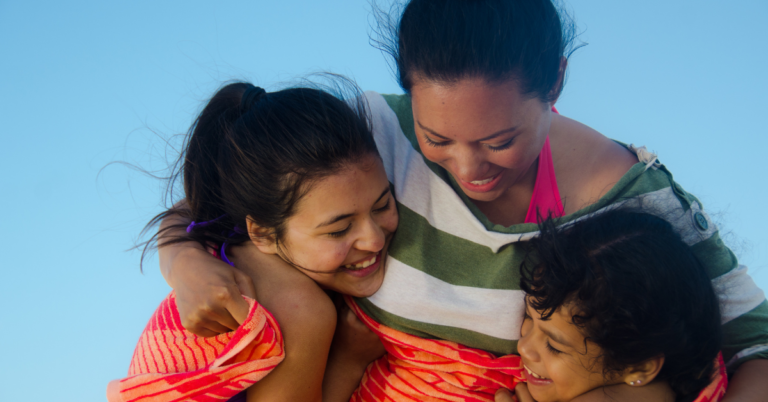Noche Buena Traditions to Share With Your Children
Nochebuena has so many traditions that can be shared and passed down to children. Being that Noche Buena is one of the most celebrated holidays in the Latinx and Hispanic communities, it is almost expected to do some traditional celebration. From making tamales together to arrullando el Niño Jesús, there is at least one thing that we grew up doing at Nochebuena that we hope to pass on to our peques.
Although each household and cultura has their own way of celebrating Nochebuena, below are 3 traditions that you can start implementing with your pequeños this year!
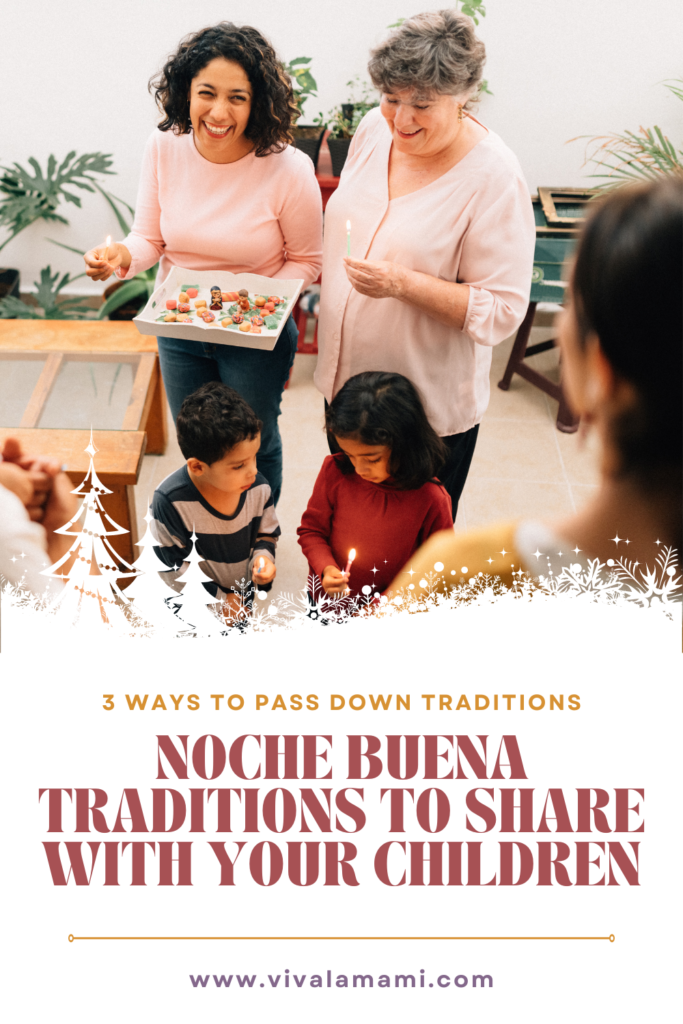
First, What is Noche Buena?
Nochebuena literally means “good night” and it is celebrated the evening before the birth of Jesus. Noche Buena is held on Christmas Eve and it is not only a good night, but a long night as well! This is usually when children are excused to be up all night to celebrate with their family members.
Many people in the Latinx, Hispanic, and Filipino communities celebrate Noche Buena rather than Christmas Day. The traditions vary from household to household, but the one significance is that people get together every 24th of December and celebrate the birth of Jesus, exchange gifts, as well as indulge in traditional foods that were passed on from generation to generation.
How to Pass On Nochebuena Traditions With Your Children
Although everyone has their own spin on Nochebuena, below I’m going to share some traditions that I grew up with as a child in a Mexican household and what I plan to pass it on to my children.
Making Traditional Foods for Nochebuena
Making traditional foods for nochebuena not only brings families together, but children get to experience a level of cultural exposure by using all of their senses by preparing traditional foods with familia for this holiday.
For me, I grew up with four main food items on Noche Buena:
- Tamales
- Pierna de Puerco
- Ponche
- Bunuelos
Making Tamales Together

Tamales are a staple for the holidays, especially Nochebuena! They are also a great way to involve as many people as possible to make them. It takes a village to make tamales – where one can spread la masa on the corn husk, another one can add the filling, and the other can fold them and set them in the tamal steamer.
Many families have their own recipes and versions of the tamal recipe. However, as a vegetarian, this vegan version is one of my favorites!
Eating Pierna de Cerdo
As someone whose family comes from Mexico, a lot of pork is eaten on Noche Buena, so the main dish is pierna de puerco/cerdo. Growing up, I would help my aunt fill in the hot dog sausages and almonds in the pork leg. It was actually pretty fun, but now that I’m a vegetarian I can’t participate in that anymore! If you want to eat pork, here is a recipe I found that is similar to the recipe we used growing up.
There are a variety of side dishes that compliment la pierna de puerco, but the one that is personally my favorite is the espagueti verde, or poblano pepper spaghetti!
Bebiendo el Ponche Navideño
The main drink for Noche Buena is ponche, a hot punch that has a variety of fruits, including guava, tamarindo, sugar cane, and apples.

El ponche navideño is basically the hot apple cider for Mexicanos and many households have their own variations, passed down by family recipes. Some families make adult-friendly ponches with alcohol, but for the most part you will see a traditional ponche in almost every household for nochebuena.
Indulging in Some Buñuelos
While there are many desserts that are eaten on Nochebuena, buñuelos is the one dessert that most Mexican households have during this celebration.
El buñuelo is a fried dough fritter covered in cinnamon sugar. Each family has their own recipe and version of the buñuelo. There have been some Noche Buenas where we would help my grandma make the buñuelos out of scratch and other times, my parents would simply fry tortillas de harina and sprinkle the cinnamon sugar for a fast dessert. There is no right or wrong way in doing these, but they are delicious and addicting!
Teach Your Pequeños About Las Posadas
Las Posadas are a great tradition to do with your pequeños during the season navideño. Las Posadas commemorates Mary and Joseph’s journey from Nazareth to Bethlehem.
History of Las Posadas
Based on the Nativity story, Mary and Joseph knocked on the doors of all the inns (or posadas) in the town, searching for shelter, before they found somewhere to stay.
In Mexico and many Hispanic and Latinx communities, people coordinate Las Posadas during this novenario that consists of 9 days beginning December 16th and lasts until Christmas Eve durante Nochebuena. People make a procession, carrying statues of Mary and Joseph, or two people dress as Mary and Joseph. The guests will ask for shelter by singing a song or prayer. As the families move from house to house, they may be denied entry until they finally get to the home where the celebrations will be held by the host family. The hosts will invite “Mary and Joseph” into their home.

Creating Your Own Version of Las Posadas
While Las Posadas have been historically done in our motherland in close-knit communities, this does not often happen in the United States because it is a 9-day celebration. However, I do remember we did some variation of Las Posadas on Noche Buena.
The children in the family would do a reenactment of the nativity scene, where we each took on the role of Mary, Joseph, the Angel, or los Tres Reyes Magos. After we finished our little performance, we would then proceed with Las Posadas. And while we did not go from door to door, we would sing the Posadas song before arrullando el Niño Jesus.
Arrullando El Niño Jesús

If you grew up in a Mexican household, you most likely grew up with your parents setting up el altar del Nacimiento. Growing up, my parents would put the Christmas lights up outside the house, place a little village and Christmas tree inside, and to the side of the tree, they would set up the Nativity Scene with an infant-sized figurine of baby Jesus.
The baby Jesus would lay flat on its back next to the figurines of Mary, Joseph, and los Tres Reyes Magos and it wouldn’t be until Nochebuena where my mom would pick up the Niño Jesús so that we can do our annual Christmas tradition.
Each household has a Niño Jesús and they would bring the niños to whomever hosts Nochebuena that year. In my family, el Niño Jesús is either passed down from one generation to the next or it is given as a wedding gift for a newlywed couple!
Each year at approximately 11:00 pm on Nochebuena, the adults in the family would pick a “padrino” o “madrina” to help them rock the baby to sleep using a blanket. For those that are not participating en el arrullo, they sing “A la Rorro Niño.”
Here is a free printable of the lyrics to the song.
La Nochebuena is my favorite holiday to celebrate with loved ones. Ever since I found out I was expecting D, I knew that I wanted to pass on these traditions so that he has a better sense of cultural identity.

Regardless if you use the traditions you grew up with or you make your own traditions, it is a special moment you get to experience with your peques. Passing down the traditions of Noche Buena with your children can be fun and memorable for everyone in your familia.
